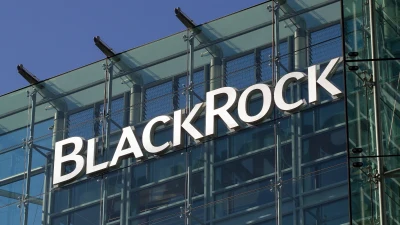Denison to launch property development fund
Denison Group will create a property development fund to respond to the need for non-bank finance.
Property finance specialist James Vance, who has been appointed to raise $25 million for investment in a portfolio of secured property development and trading exposures, will create the Denison Development Fund.
Group chief executive officer Matthew Burrows said that the initiative was in response to the widespread need for non-bank development finance as traditional sources of funding become less accessible due to the financial and economic downturn.
“There is substantially less debt available and fewer providers of finance,” he said. “Most of the non-bank finance providers are no longer able to provide development finance while the banking sector has reduced its availability of finance – both in terms of leverage and overall appetite.
“Consequently, only well-established developers and high-quality developments are being financed, the demand for top-up equity finance is high and the short supply of such equity finance means attractive terms can be negotiated with developers.”
He said this situation had created an opportunity for investors, which Denison aimed to bring to market through the Denison Development Fund.
The fund will focus on property development and trading opportunities in the metropolitan residential sectors of Sydney and Melbourne.
Recommended for you
BlackRock Australia plans to launch a Bitcoin ETF later this month, wrapping the firm’s US-listed version which is US$85 billion in size.
Financial advisers have expressed concern about the impact including private market exposure is having on their tracking error budget, according to MSCI.
State Street will restrict its membership of global climate alliance Net Zero Asset Managers after the organisation dropped its flagship 2050 goals amid ESG backlash from the US.
Betashares has launched a global shares and a global infrastructure ETF as part of the firm’s strategic expansion strategy to support financial advisers in building more diversified portfolios.











